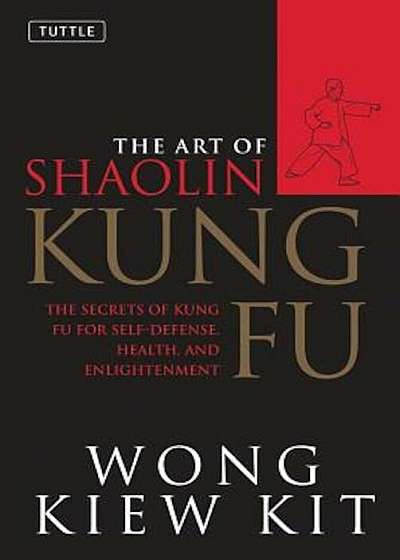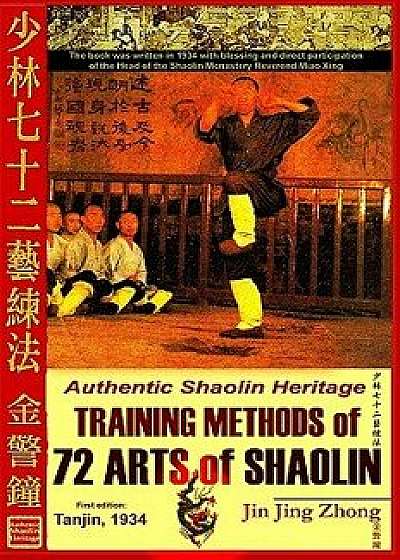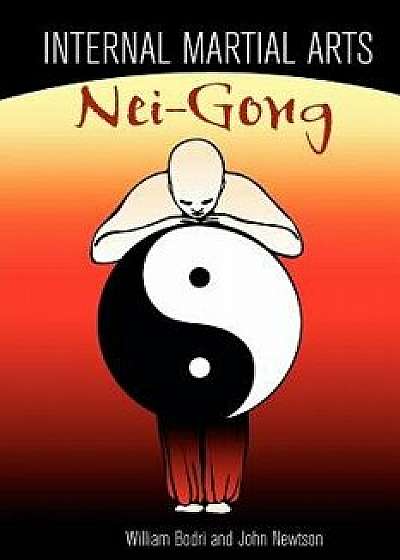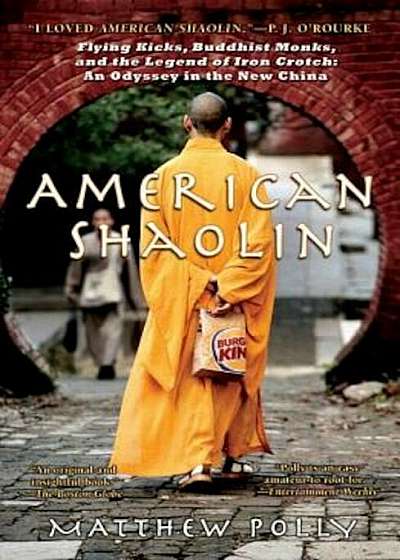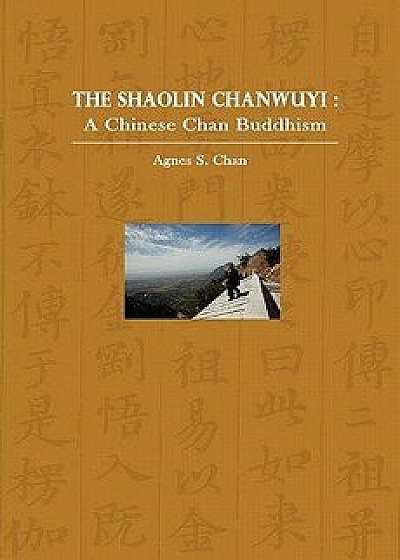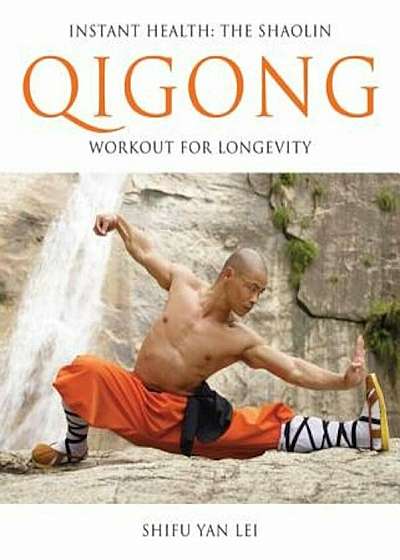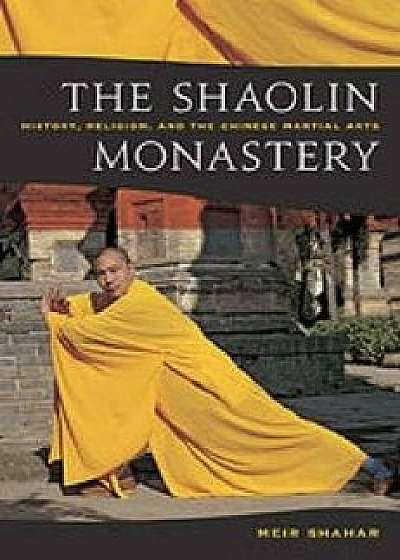
The Shaolin Monastery: History, Religion, and the Chinese Martial Arts, Paperback/Meir Shahar
Descriere
Contributor(s):Author: Meir Shahar Written in clear and lucid style and ambitious both in scope and methodology, this book offers a fascinating window into Chinese culture, religion, and history. Ranging from historical and ethnographic documents to a wide variety of literary sources, it weaves them all into a compelling narrative. In this fashion, Shahar is uniquely able to bring together social, historical, and mythological elements, providing a demythologized account of martial Chinese traditions such as Shaolin Boxing. This is sinology at its best.--Bernard Faure, Columbia University The book clearly belongs in a new group of books challenging conventional understandings of Buddhism and violence. Meir Shahar documents with meticulous accuracy and mellifluous prose the fighting monks of Shaolin monastery in China, who appear first in the Tang dynasty (618-907) and continue to the present. Scholars of Buddhism and Chinese history will learn much from the author's scrupulous analysis of the historical record--particularly the texts on stone steles at the monastery--that documents the monastery's traditions of fighting. Anyone interested in martial arts or Bruce Lee films will find it fascinating to learn about the actual history of the monastery's fighting techniques. I found the book a powerful and compelling read. --Valerie Hansen, Yale University Meir Shahar's book will assure that the martial arts of Shaolin take a prominent place in the history of Chinese Buddhism. Shahar has mastered a prodigious amount of secondary scholarship, pored over a wealth of primary documents, and brought a critical rigor to the study of these materials that is unprecedented in any language. Throughout, his analysis is cogent and clear. The result is a delightful tour of one of the most enigmatic and compelling stories of Chinese religion: the emergence and development of martial arts at Shaolin Si. Entertaining as the book is, it delivers as well a meditation on the sources of Chinese
